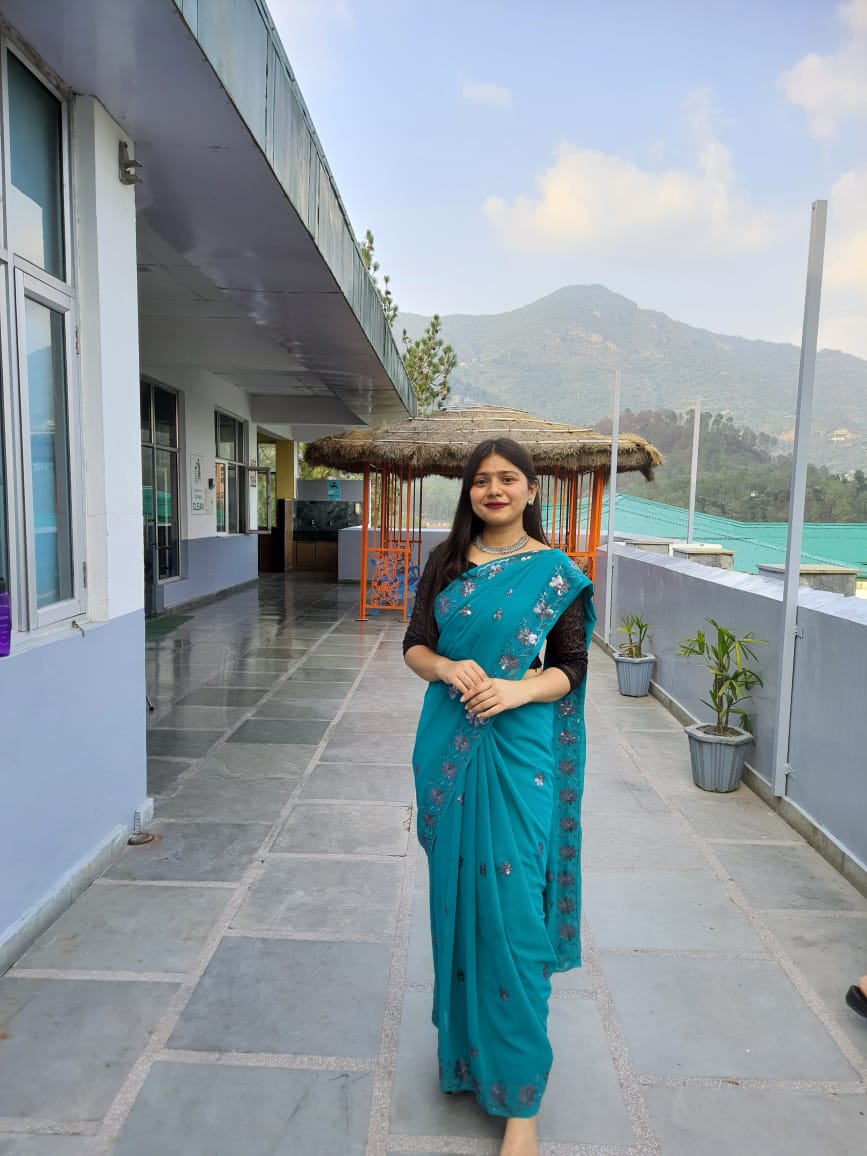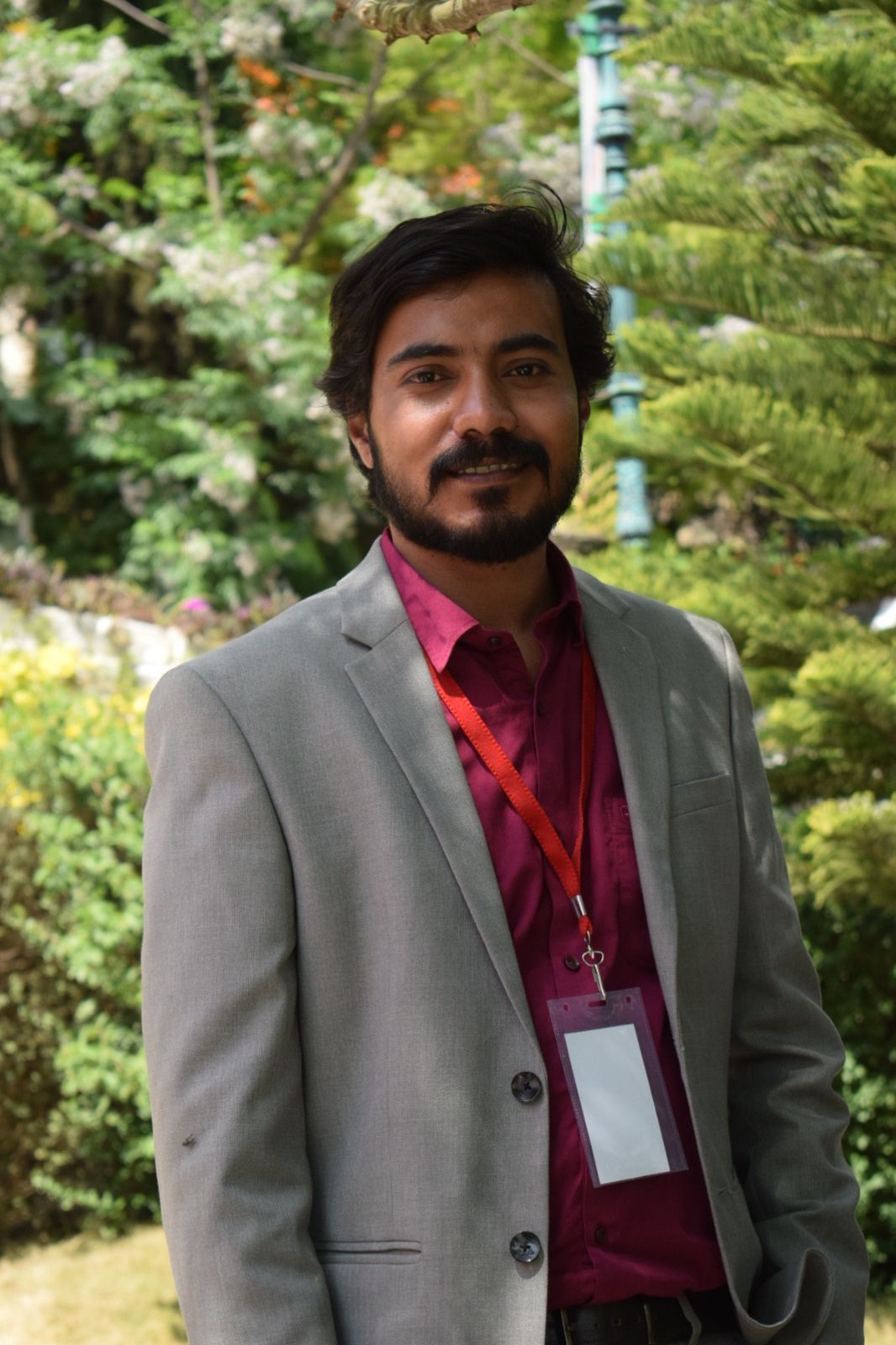BA (Hons) History
Eligibility : 10+2 (in any stream) with minimum 55% marks
- Duration : *This is a UGC approved NEP Program (students have exit options after 1st, 2nd and 3rd year)
- Admission Criteria : CUET/ SAT/ Shoolini University's multiple choice entrance test, and faculty interaction
BA (Hons) History at Shoolini University is an interdisciplinary program providing diverse career opportunities. Especially formulated as per the National Education Policy (NEP), this program prepares students for global competition.
History is the study of evolution of human civilisations down the ages, i.e., from the pre-historic to the present times. It focuses on the broad and comparative understanding of human evolution along with major historical events in India and across the world. Students gain in-depth knowledge about ancient and contemporary archaeological methods through seminar-style formats and regular tutorials.
The demand for higher education in History has greatly increased as it has become popular among students appearing for competitive exams.
Shoolini University provides valuable and unique opportunities to the young historians with support from the on-campus 24X7 Yogananda library with EBSCO access. Students can develop their academic, scholastic and critical thinking skills, equipping them to make a mark in advertisement, journalism, teaching, museum curators, genealogy, public relations, research, etc.
Key Highlights
- Develops critical insight on the latest interpretations, theories and approaches
- Equips students with a broad range of skills through seminar and research-based curriculum
- Highly qualified faculty from global institutions
- On-campus 24X7 Yogananda library with EBSCO access
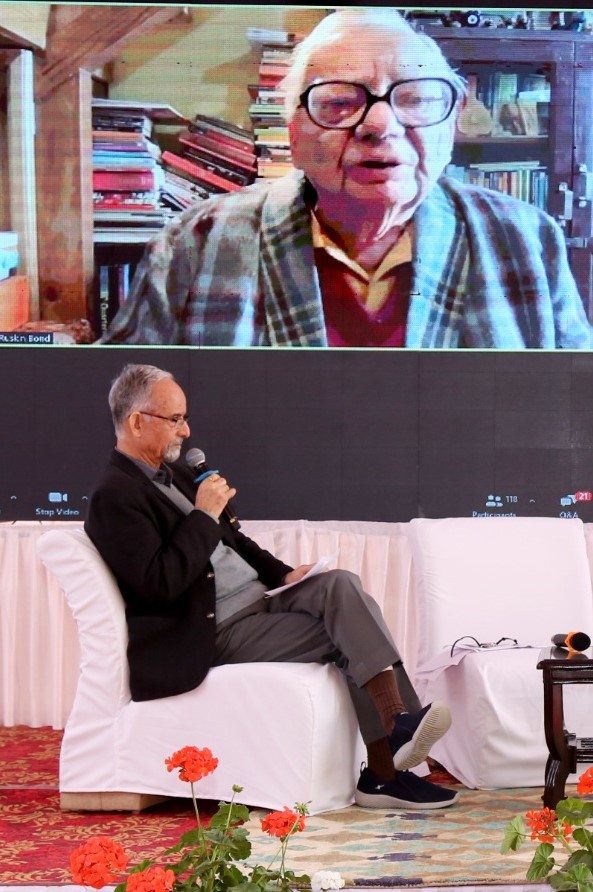
Shoolini Literature Fest
Creates a platform for exchanging ideas, networking, and appreciating literature, making it a significant event in the literary calendar.
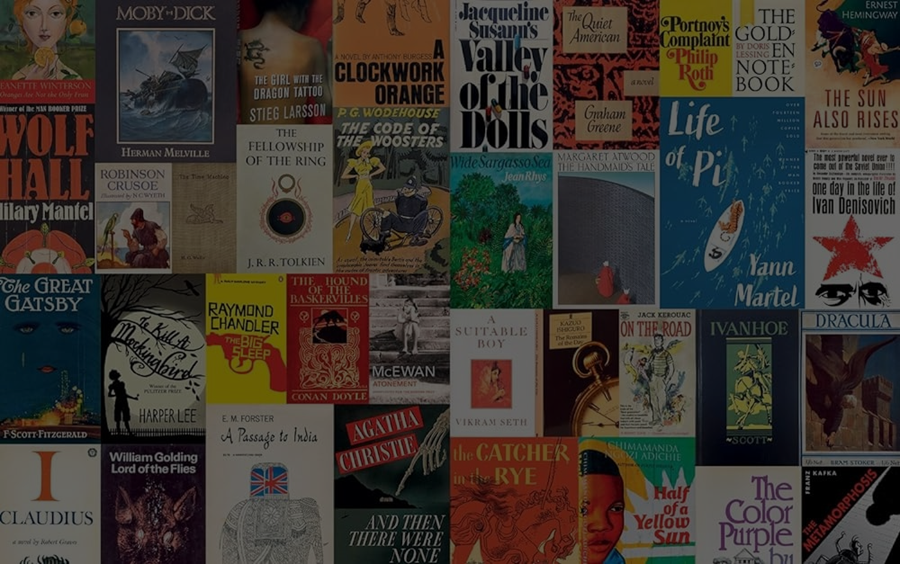
Belletristic
Shoolini’s literature society organises webinars, international conferences, book publications, book launches and discussions etc.
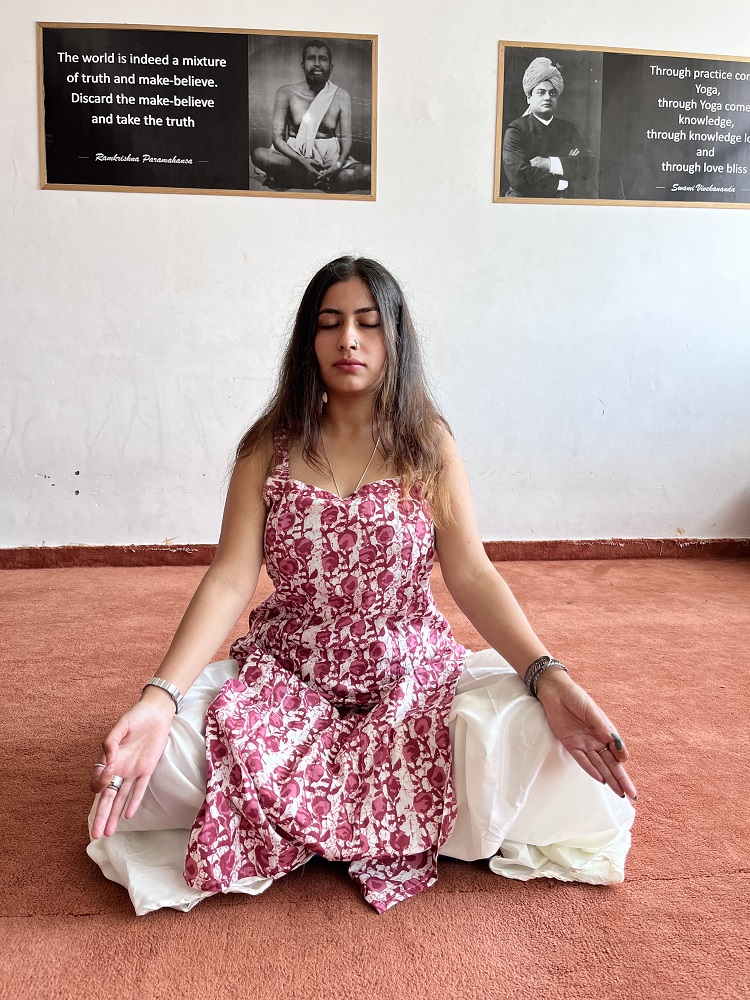
Research Centre in Yoga
The centre combines ancient Indian philosophy and spirituality with modern academic programs and sessions.
BA (Hons) History Career Opportunities
- Teaching
- Research
- Politics
- Journalism & Media
- Performing Arts
- International Relations
- Administration
- Social Work
- Law
- Management
- Policy Making
- Human Resource Development
BA (Hons) History as an interdisciplinary course has a variety of careers opportunities in liberal arts, research, academics, and public policy.
|
|
|
|
Research Opportunities
Advertisement | Journalism | Teaching | Museum Curators | Genealogy | Public Relations Research

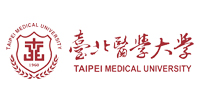
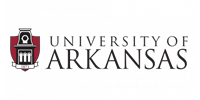
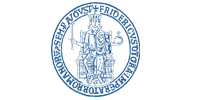
Program Details
Top Faculty
Student Voices
Frequently Asked Questions
Latest Blogs
Explore the latest insights and updates in our newest Shoolini University blogs!
Still have Queries? Contact Us
Please fill in the form and an expert from the admissions office will call you in the next 4 working hours.

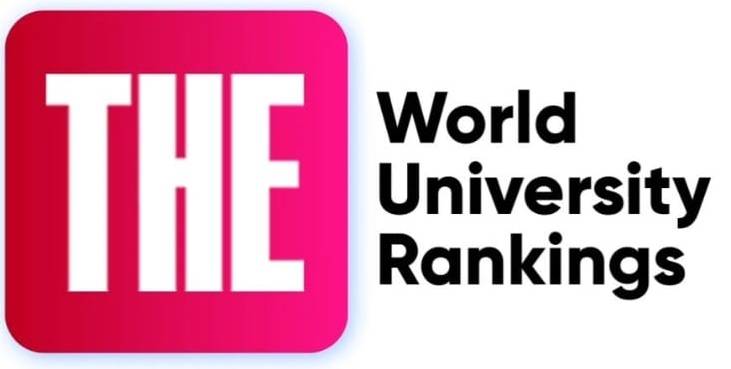

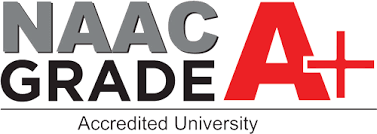
.jpg)
.jpg)

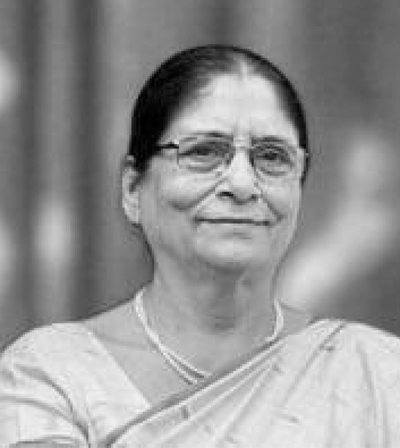
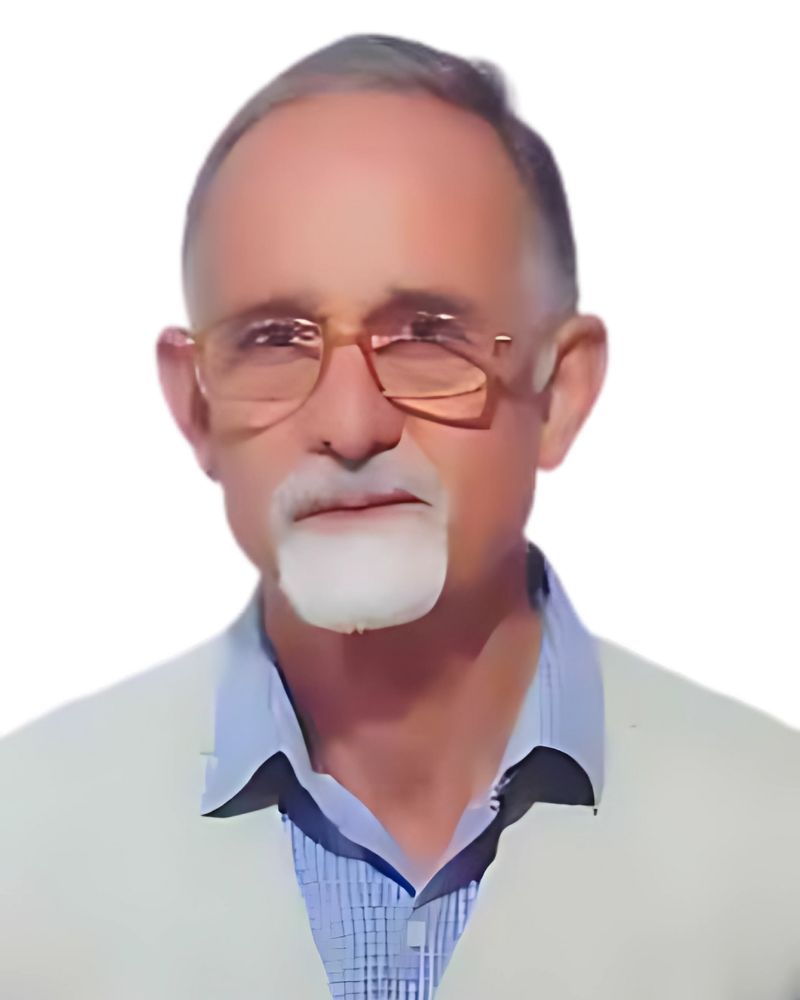
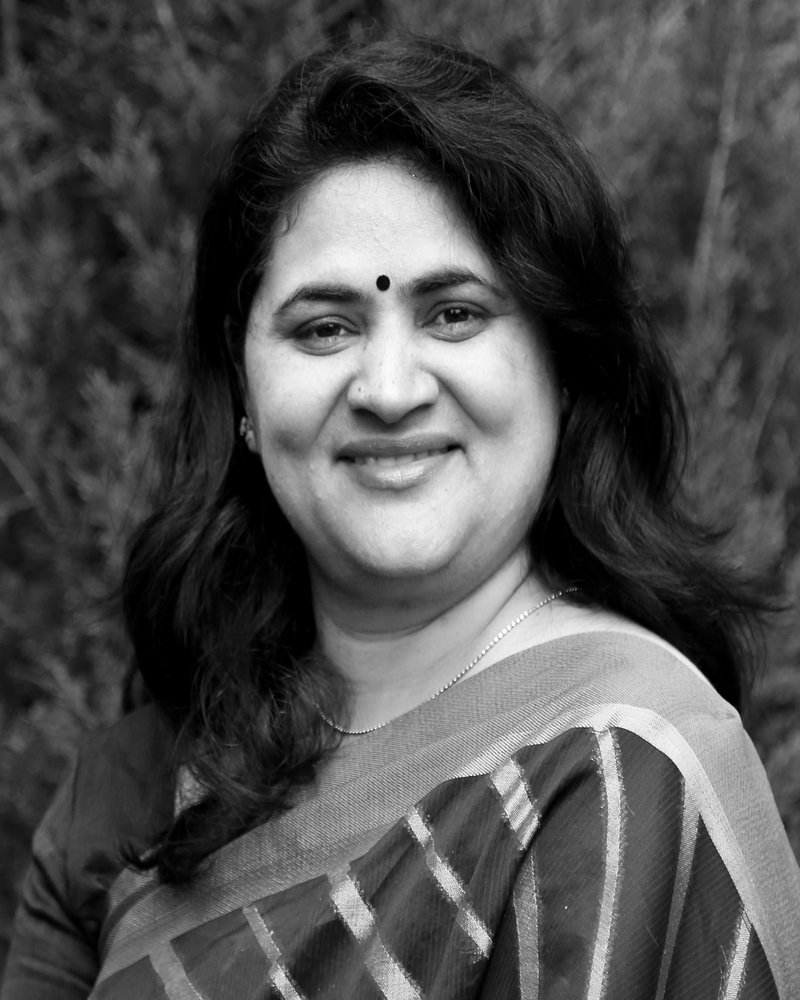
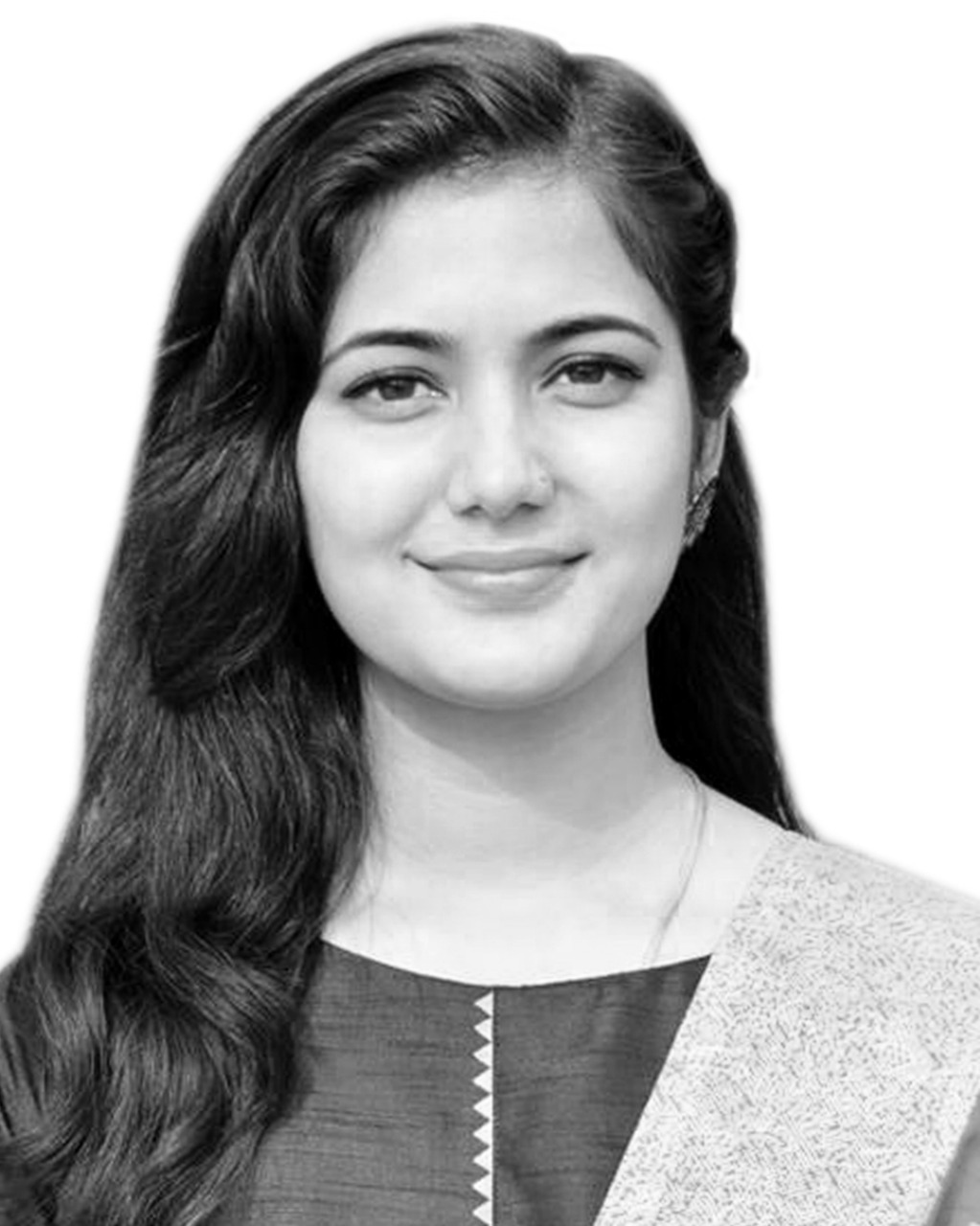
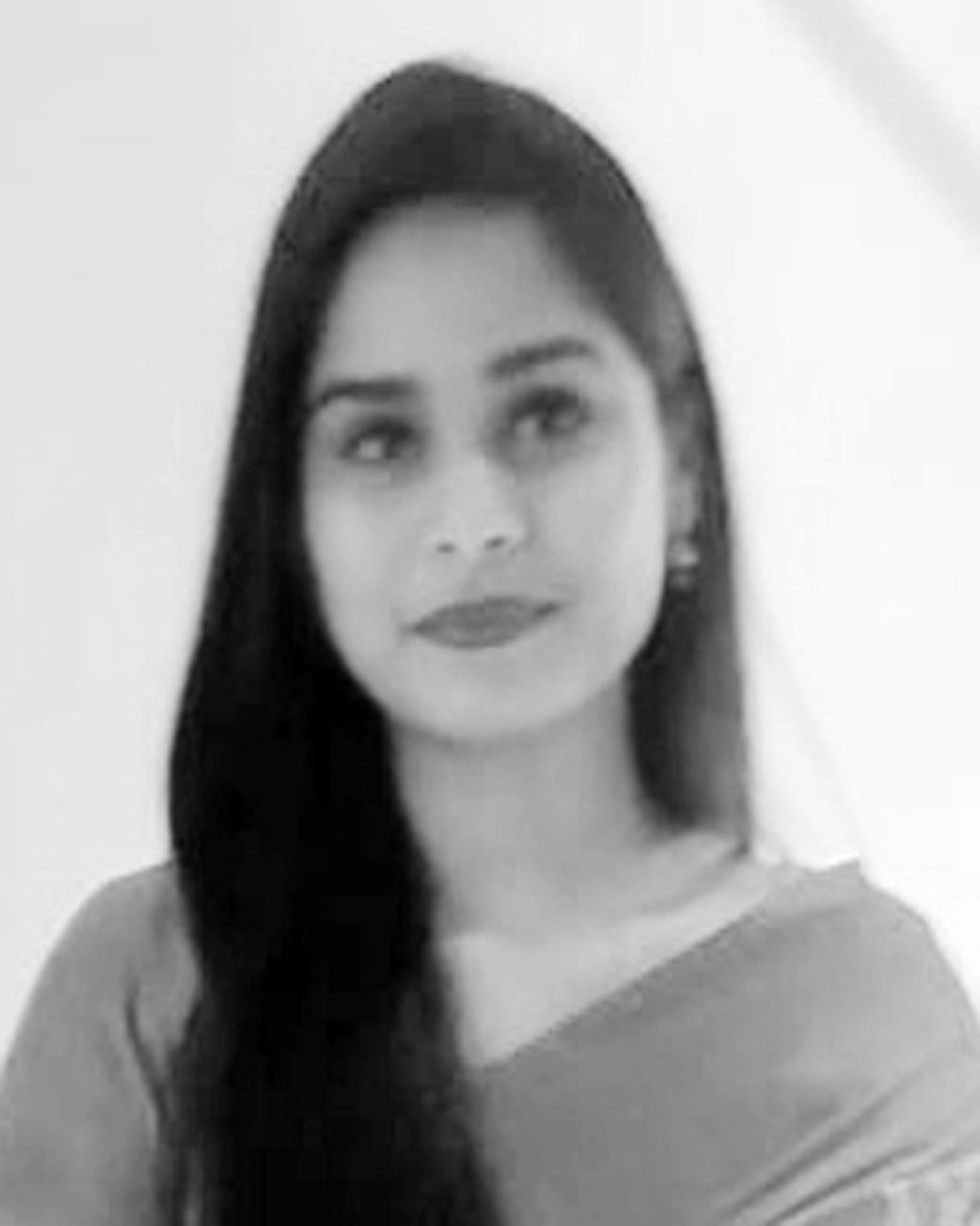
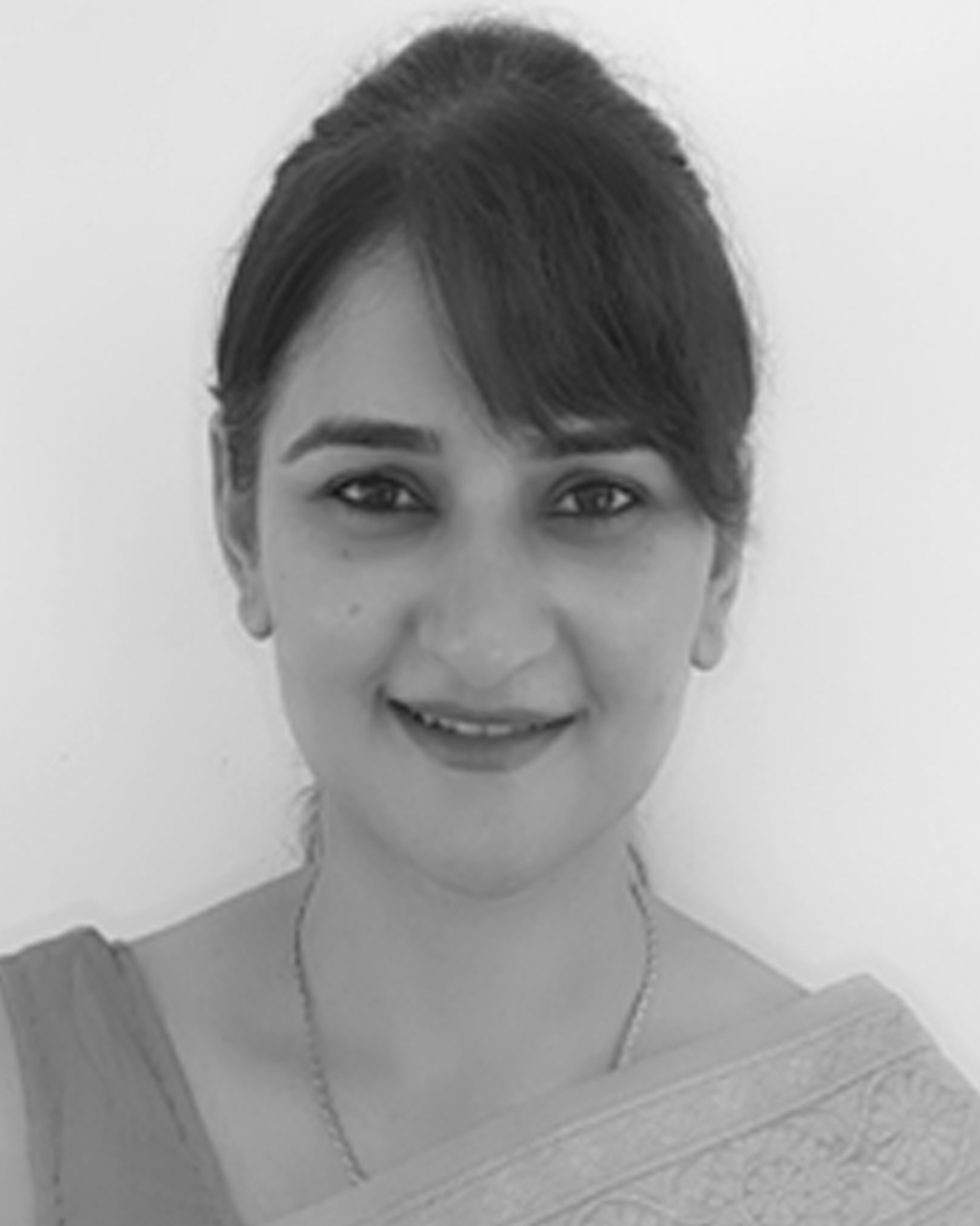
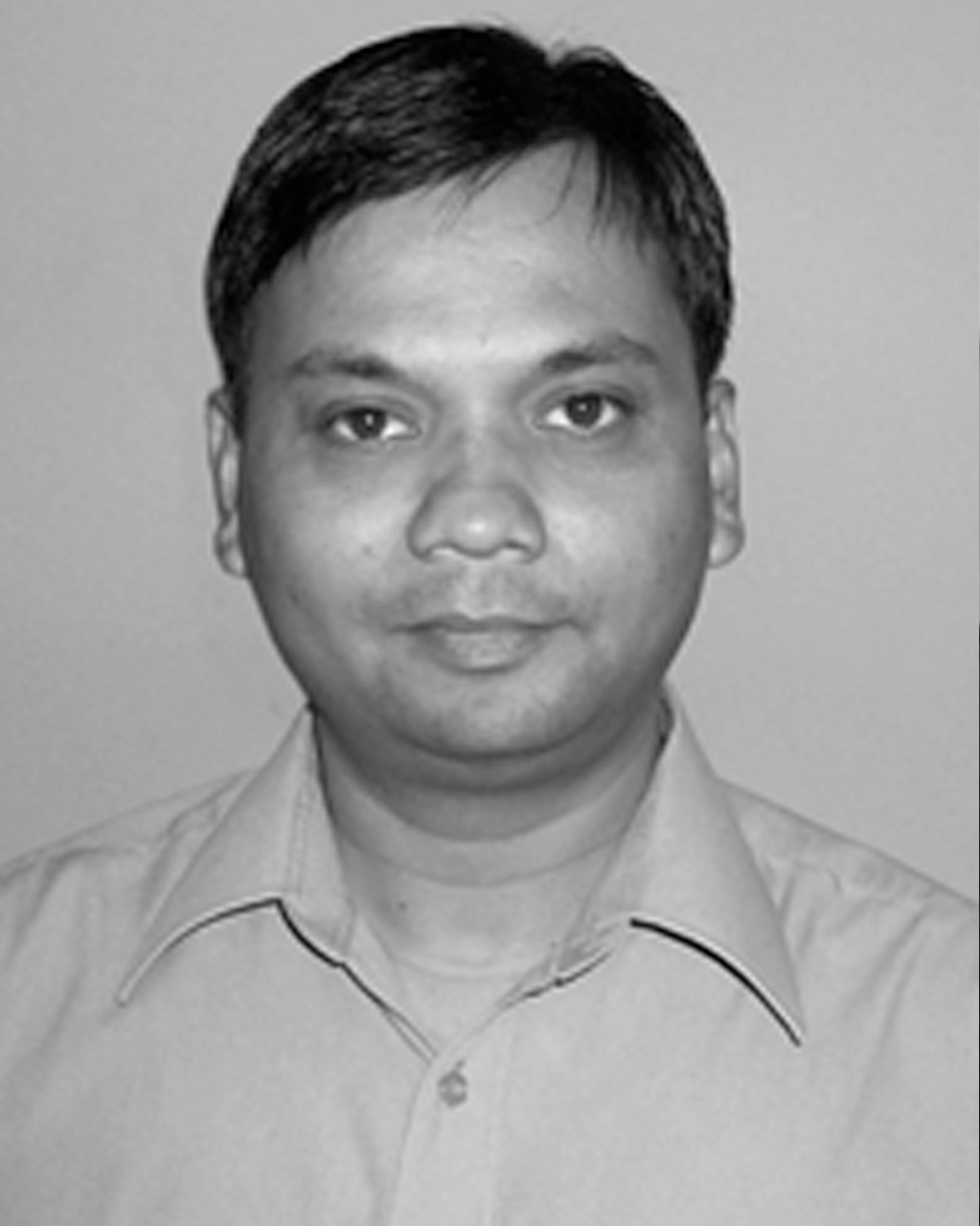
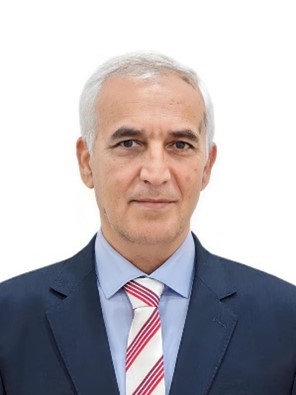
.jpg)


